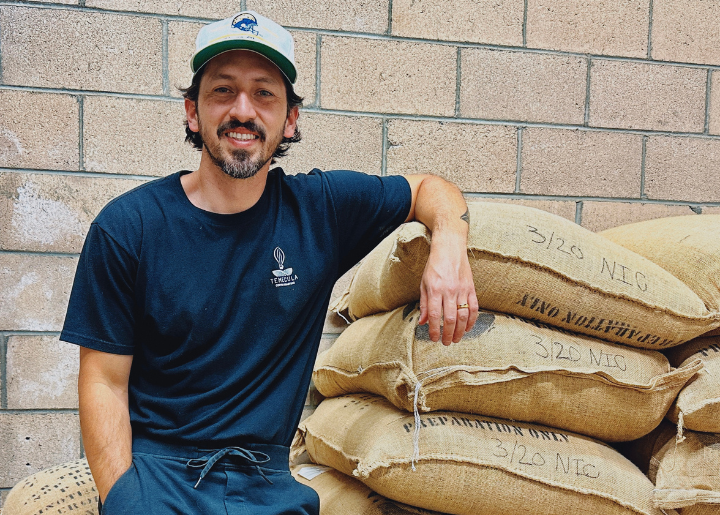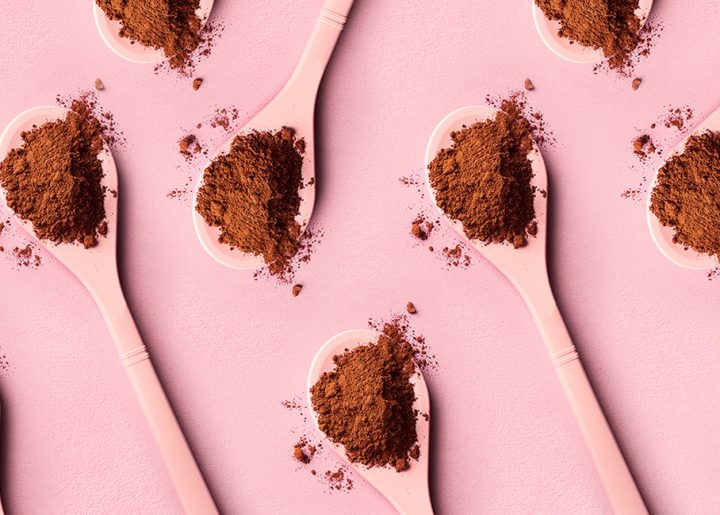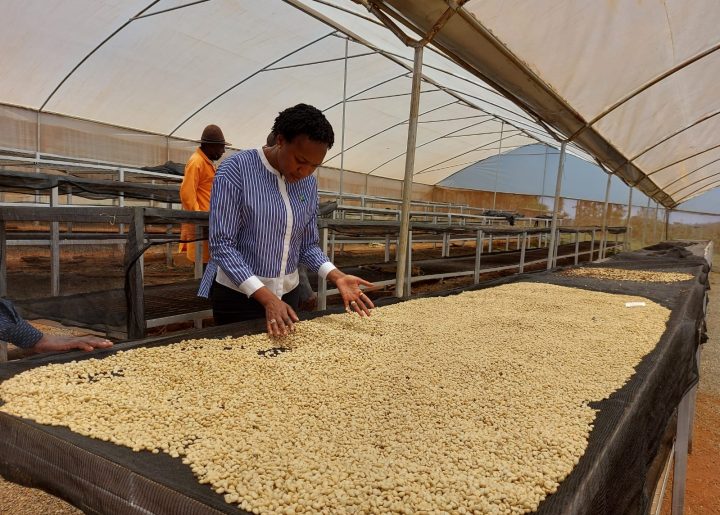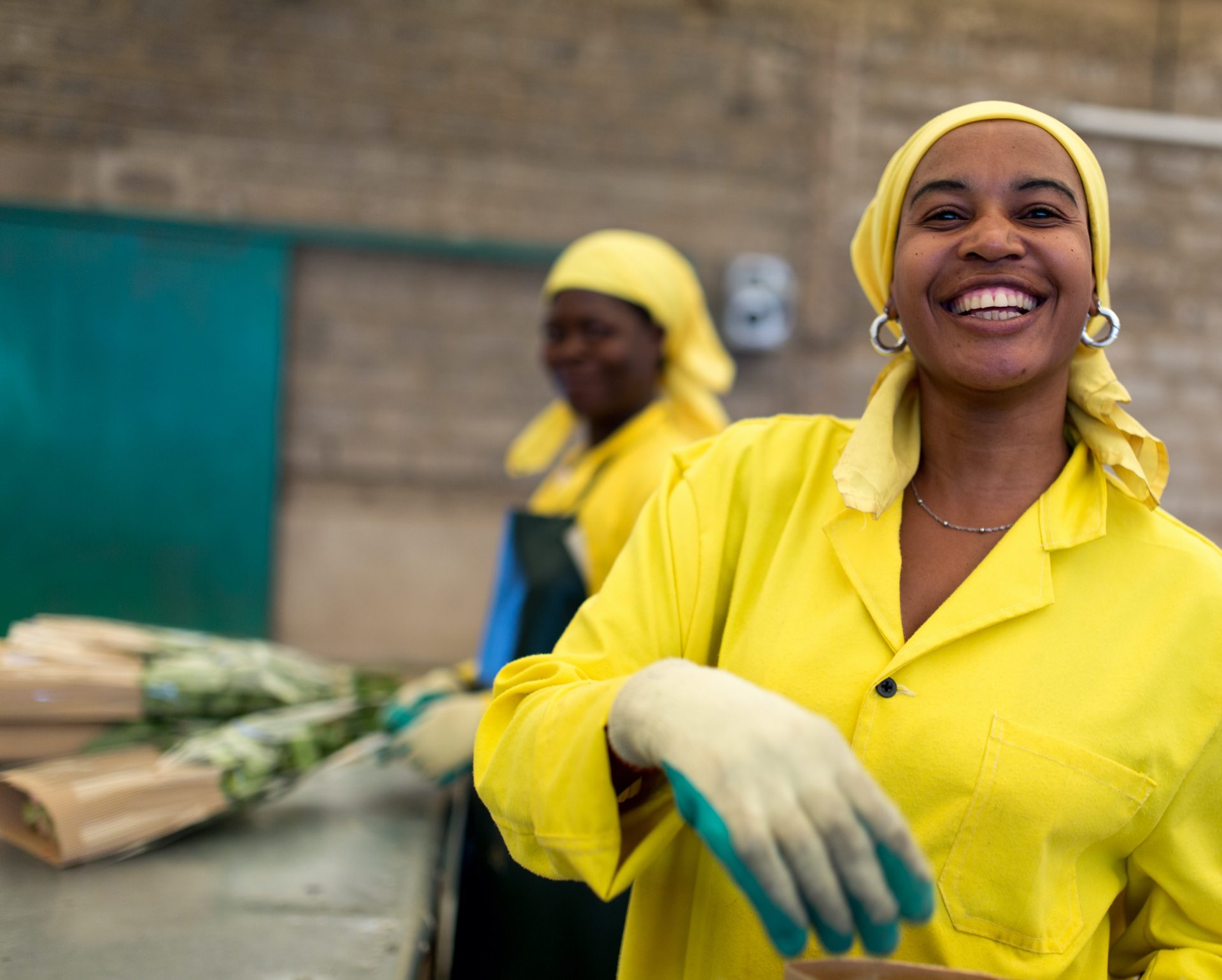Isabella Pacheco on Coffee Sourcing
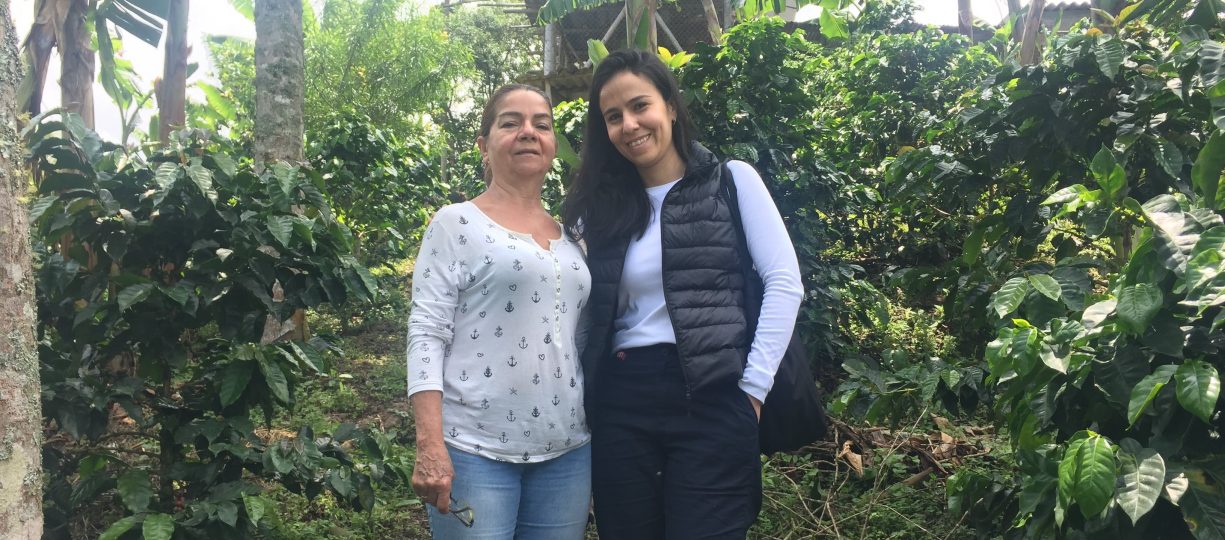
Fairtrade is a global network working to share the benefits of trade more equitably. Recently, Fairtrade America’s own Isabella Pachecho was interviewed by the Fairtrade Network of Asia and Pacific Producers for the newsletter they share with their producers. Read more about Isabella and her advice for coffee producers as they grow their businesses.
In this edition, we feature Isabella Pacheco, Business Development Manager – Lead for Coffee & Tea , at Fairtrade America. Prior to Fairtrade, Isabella worked for over 8 years in international trade and development of markets between Latin America and the United States for brands like Welch’s, Sunny Delight, Wise Snacks, and Coca-Cola Brands among others. She helped to develop and set stronger and more reliable distribution channels as well as translated their marketing strategies and campaigns to Latin American markets. She is originally from Venezuela and is the 4th generation of a family of farmers. This led her to get involved in numerous projects to help improve living conditions in farming communities in her home country and ultimately to find her way to Fairtrade.
Tell us about your role as coffee specialist and the kind of work National Fairtrade Organizations do on the market front? Are they in a position to influence brands to source coffee from specific origins?
Isabella: As a National Fairtrade Organization, Fairtrade America works on growing demand and awareness for the Fairtrade Movement. In the United States – unlike in Europe – Fairtrade does not enjoy a high level of awareness. This poses a real challenge that we have enthusiastically taken on. We are constantly working on growing our presence in important tradeshows and conferences related with our activities of prospecting and scouting new business opportunities. As well, we work on our direct reach to consumers by optimizing our website, advertising, articles for media and social media outlets.
My role as a lead for coffee is to show brands, roasters, traders and retailers, especially during a coffee price crisis, is not only to show the importance of sustainable and ethical sourcing but also to highlight the true value of the coffee instead of just its cost. Make sure they understand that Fairtrade is an investment in their supply chain to guarantee a reliable source of ethically grown beans. Sadly, we don’t foresee coffee prices increasing any time this year, so I realize that making sure that the true value of the product is understood is more important than ever.
Is the market for Fairtrade coffee growing especially with other sustainability labels increasing their market share?
Isabella: Fair trade coffee sales grew 21% in the United States years 2017-2018. Also, according to a 2018 Nielsen Sustainability Study, Fair trade coffee sales have outperformed conventional coffee sales by 22%. In addition, Fair trade coffee sold five times faster than conventional coffee. I must add that it does not mean that the prices of a cup of coffee has increased, on the contrary the price has decreased in the past year.
The other not so good news is that there is a much more competitive ethical label market here than anywhere else. It not only includes RA and Utz but other competitors like Fair Trade USA), and Fair for Life among other. Please refer to the chart below from our Globe Scan Study from 2017. As stated on the chart, although RA label is more visible in the USA, Americans are much less likely to purchase it over other labels. Also, keep in mind that our direct competitor and the Trans Fair logo have been in US market much longer, and yet we are in a very close vicinity and working hard to get that number to be higher.
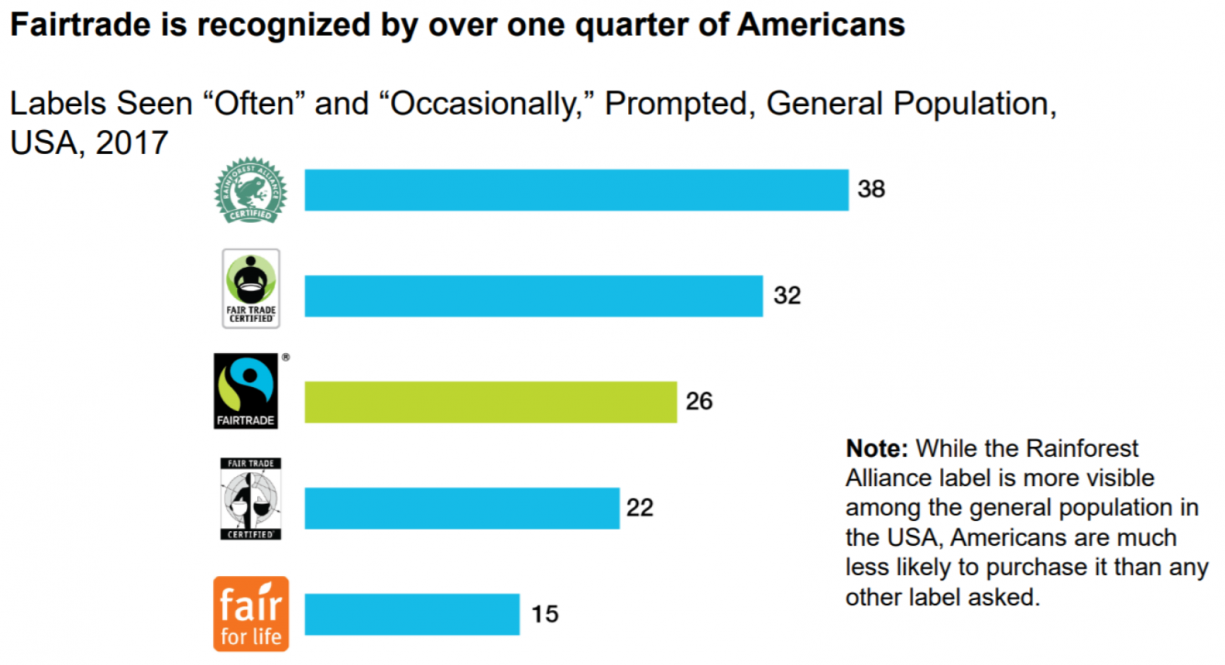
What are the current taste preferences of consumers in American markets?
Isabella: According to the NCA’s 2018 trends report, although home brewing and espresso-based drinks are still the most popular ways to have coffee here, Cold brew and Ready-To-Drink coffees are the fastest growing trend acquiring 11% of the market in the past 2 years. Also note the market has had a significant shift towards ‘gourmet’ coffees as the younger demographic (18-25 yrs.) is more interested in higher quality and diverse origins. Gourmet coffee is now representing 50% of the (US) market according to market consultant Michael Edwards.
Does Asian coffee interest consumer markets? Is the market demand for Arabica from Asia and Pacific growing?
Isabella: Vietnam is still the first origin that comes to mind when talking of Asian coffee as their volumes are always very high. But as I mentioned, the single origin and gourmet coffee demand is increasing, and this does not exclude the gourmet coffees from Asia. In my opinion, currently the most popular Asian origins here are Indonesian: Sumatra, Indian: Monsoon Malabar, and there is a growing interest for coffee being brought from Myanmar (Burma).
What efforts can producers from Asia take to improve their visibility in the American market?
Isabella: My recommendation is to develop your direct relationship with exporters and traders. Making sure that you know who is moving your coffee and having a participation in the trade is key. Also, knowing your coffee well and how it is unique in comparison to others it’s a great tool for you to facilitate to your exporters and traders.
For example, I received from our dear colleague Mr. Kuldeep Chauhan a NAPP Specialty Coffee Profile booklet, which showcases coffee profiles that are ready for purchase for American traders who wish to import. This type of material is important to have readily available for when the opportunities arise. I recommend keeping this updated and for producers to participate and facilitate the information to be included.
Our producers are keen to know what exactly do buyers expect from their coffee supply and how do buyers perceive coffee from Asia?
Isabella: I believe the 4 key things expected are:
- Mature/ Reliable supply and Professionalism – This include response time and ease of communication as well as reliability on the relationship and availability of coffee.
- Quality – Consistent quality and perhaps Gourmet/ Specialty as this market is growing.
- Price – Staying Competitive.
- Uniqueness – in product and story
Is there potential for Fairtrade marketing organizations like Fairtrade America to facilitate producer organizations meet market requirements?
Isabella: I would like producers and participants in the Fairtrade system to see Fairtrade America as their ally, so producer networks like NAPP are always welcomed reach out to us. If there is anything we can do to help, we will gladly do so.
We are constantly trying to make sure that our prospects and current licensees know that they have countless Fairtrade coffee and tea options that can come from Asia as well as Africa and Latin America. Also, I want to assure you that we are tirelessly working on increasing the demand and awareness for Fairtrade.
What advice would you have to a small holder coffee farmer organization trying to go independent with their brand? Would you rather recommend they focus on connecting with the big brands?
Isabella: Regardless of your approach it is important to differentiate yourself. Find that one thing that makes your coffee special and work on developing your story and your process to get to your bean. It could be from the taste profiles you offer, to your washing techniques, to the story of how your cooperative came about. What makes you unique? Bigger companies who source ethically will appreciate this and if you are building your own brand this will be essential. It gives your coffee VALUE and separates it from the .90cents per pound coffee.
Unfortunately, with the low prices of the coffee market I would not currently venture into a new brand, but instead try to concentrate energies in what is currently at hand and how to make that more robust. Work on your current relationships with your current buyers and see if there is opportunity of growth with them. See how you can help them feature you. Also, perhaps think on how to make your income sources more diverse and making that part of your story.
What would you term as ‘good, quality coffee’?
Isabella: A cup of a good drip brew relatively high in acidity with fruity and floral notes is how I would describe my perfect cup of coffee. But of course, the definition of “good, quality” varies immensely depending on who you ask. What I truly consider essential is that all players transforming those beans into a cup of brewed coffee are making their best work. Therefore, for me, as for many coffee consumers, it is very important to know the story behind the coffee we are consuming, from the Barista to the Producer, because that is what truly makes a good cup of coffee possible.
Want to learn more about how you can incorporate Fairtrade products into your business model? Reach out today!
We’re in this together
Fairtrade America partners with brands on the journey to certification and beyond. We can help with everything from finding a certified supply chain to marketing your newly certified product.
Get in Touch
